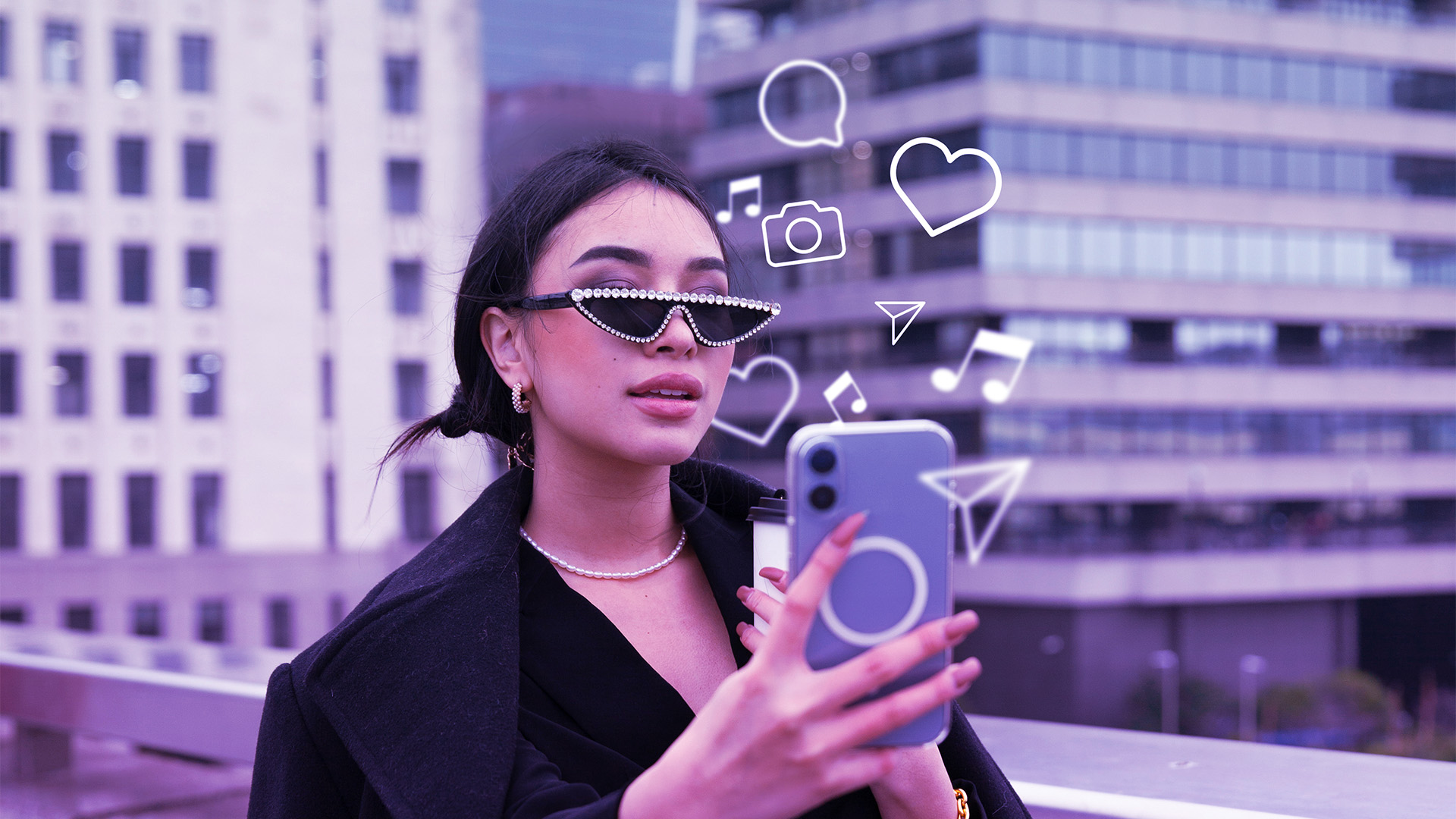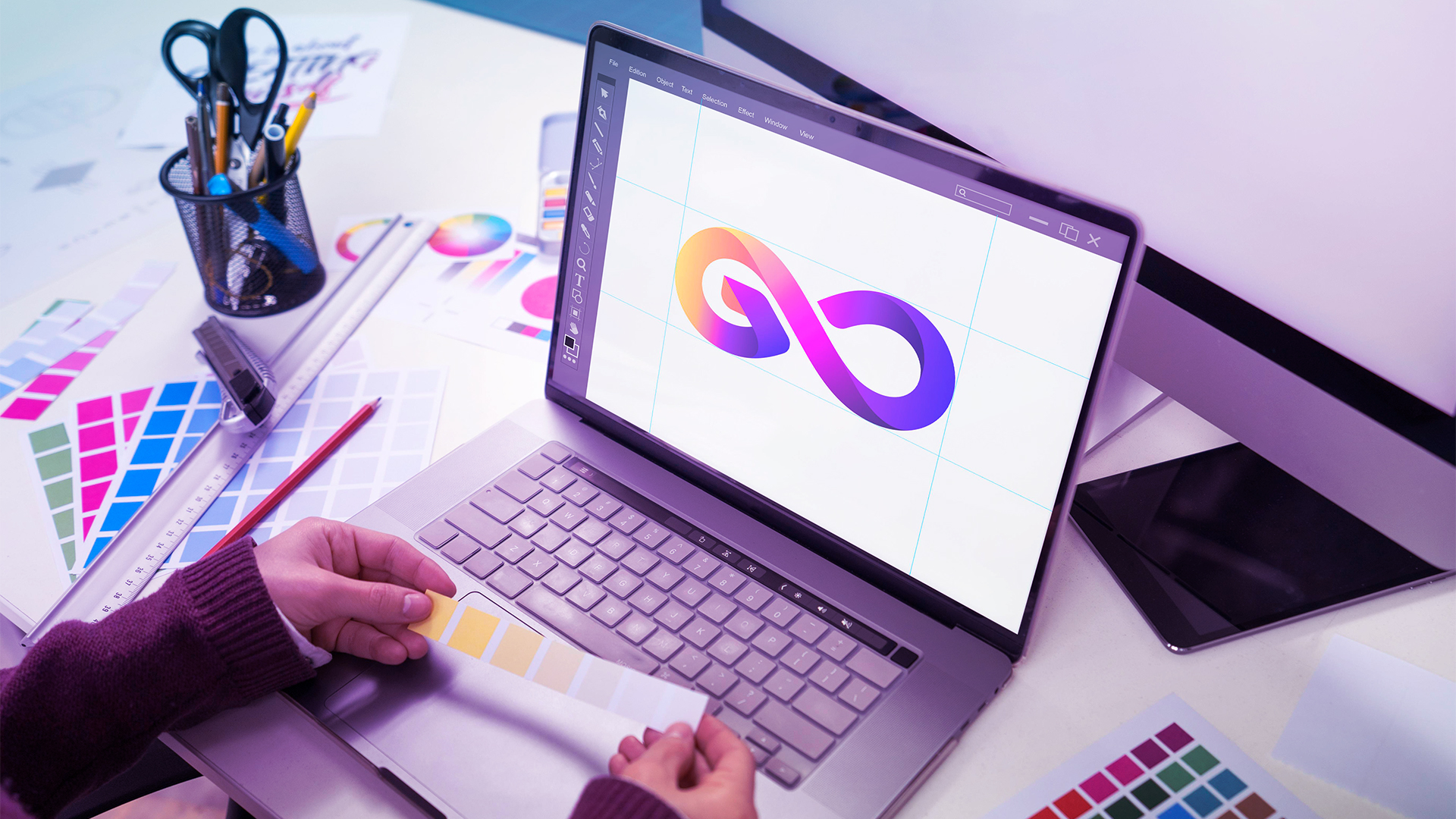In such a competitive market where people have access to so many different brands for each segment, with immense ease of finding them either physically or online, it is crucial to stand out at the moments of choice and decision-making of consumers. Having an attractive visual identity shows professionalism and increases the credibility of your brand.
What is visual identity?
Visual identity is created from a combination of graphic and visual elements, which together are the “face” of your company. It makes people remember a brand, either through its format or colors.
Typography, logos, business cards, flyers, icons, and images are just a few elements you can find inside e-commerce. These elements make up the visual identity.
Visual identity makes consumers remember and identify your company, brings credibility, conveys professionalism, and increases people’s confidence when consuming your service or product.
For example, in the image below, we have a soda from a globally known brand:
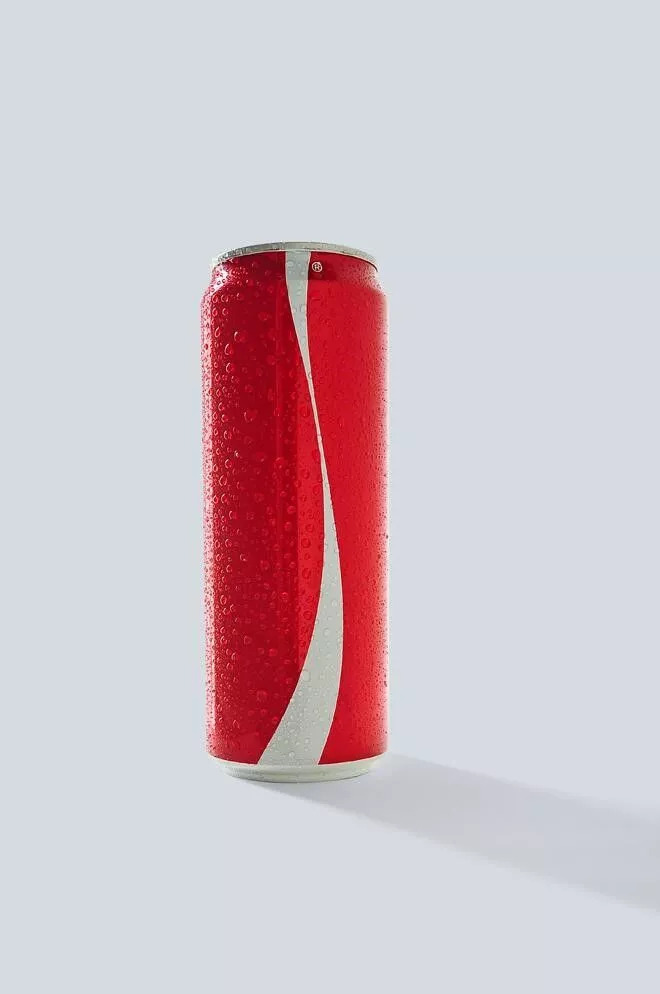
See, its colors and strokes are so striking and have been used for so long that they have created a powerful brand positioning in the minds of its consumers. It isn’t even necessary to mention the name of this soda brand because you can already tell which one we’re talking about.
Of course, the soda brand above already has solid branding and has been investing in its positioning for years. But it all started with an excellent visual identity: bringing a logo that shows people what this company wants to say and what it wants to represent in the lives of its consumers.
Visual identity functions as a business card whose first impression and can amplify the company’s reputation, making it stand out among its competitors.
Will visual identity help me sell more?
Yes. In fact, it directly impacts the sales of your business. The brand’s visual identity can influence the consumer’s purchase decision.
The desire to continue browsing increases when consumers access a website with balanced colors, well-used fonts that refer to the segment in question, and clean images. Of course, they won’t notice all of this immediately, but they are implicit things that will make a real difference in their engagement with your brand.
Over time, the identity will be stored in a little corner of their brain, making their choice process almost automatic.
How can I invest in the ideal visual identity?
First, look for a professional to build your identity. Together with the professional, you will need to fill out a document called a briefing. In it, you will need to raise critical questions that will contribute to the creative process of your visual identity. Add how your company emerged, the idea behind the name, and why the choice of colors (if you already have them), among other questions, that the professional will ask you.
Think of an impactful name. Short names and easy pronunciation will help your consumer remember more quickly and be simpler to write without difficulties finding you later. At this point, less is more. Think about the application of your logo and how it would look if it were stamped or reduced to social media icons, for example, so that it is legible.
It is also important to analyze your competitors. This way, you will create something unique and different from something that already exists in the market; it is a chance to gain greater prominence.
Create an emotional relationship with people. When developing a visual identity, think about how you would like people to think about your brand. For example, when we mention Apple, you automatically associate it with high-quality, luxurious, and innovative products. Imagine what position you would like to start building in the minds of consumers.
And remember the psychology of colors. Big brands use this to their advantage. Thinking that brands choose specific colors simply out of personal preference or taste is a mistake. There’s a compelling reason behind it. Each color evokes feelings, sensations, and our brains associate them with certain things. Below are some examples:
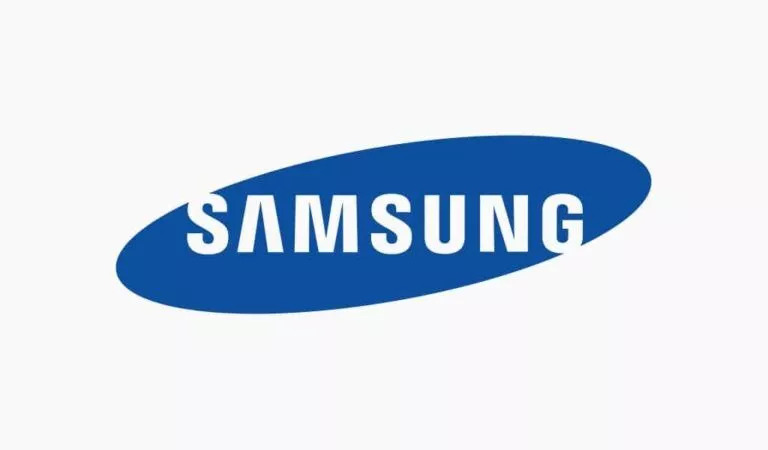
Samsung
Color: Blue
Represents: security, responsibility, calmness, and seriousness.
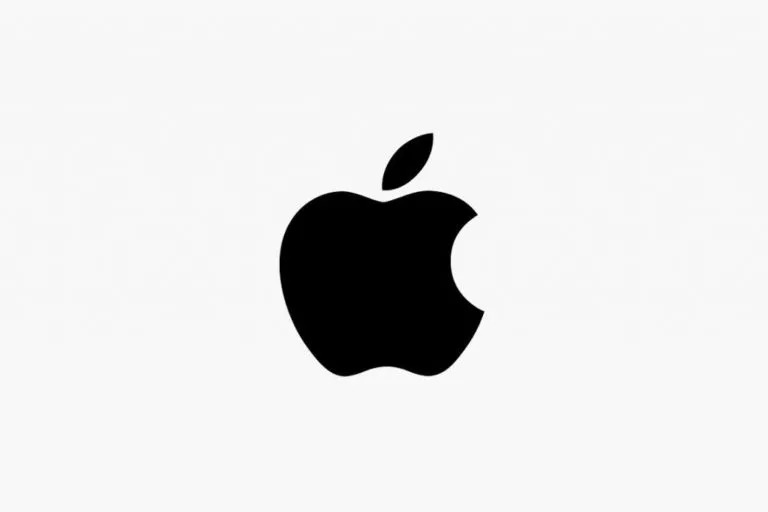
Apple
Colors: Gray, black, and white
Represents: luxury, transparency, purity, and practicality.
It’s worth emphasizing the importance of seeking out a professional specializing in visual identity creation to work with you to develop something innovative that will convey your brand’s story and what it wishes to communicate.
Planning and developing this process is more complex than it may seem. Still, the results will undoubtedly change your company’s course, impacting your consumers and competitors. Keep in mind that innovation is indispensable in creating a visual identity. You don’t need to “reinvent the wheel,” but think outside the box. Stay aware of market trends and succeed in your project!

